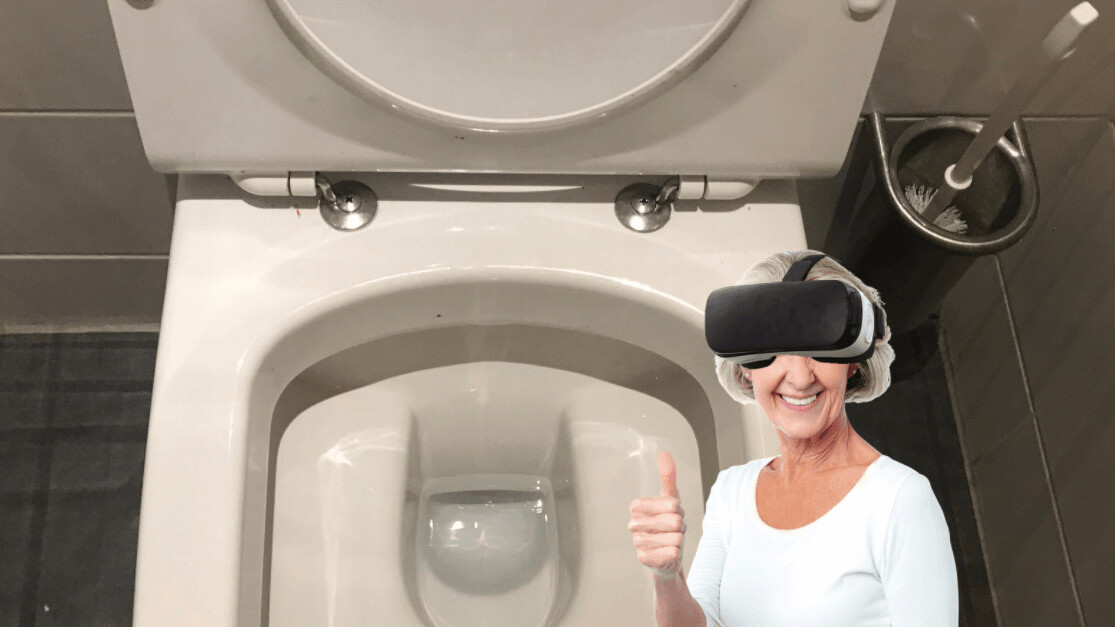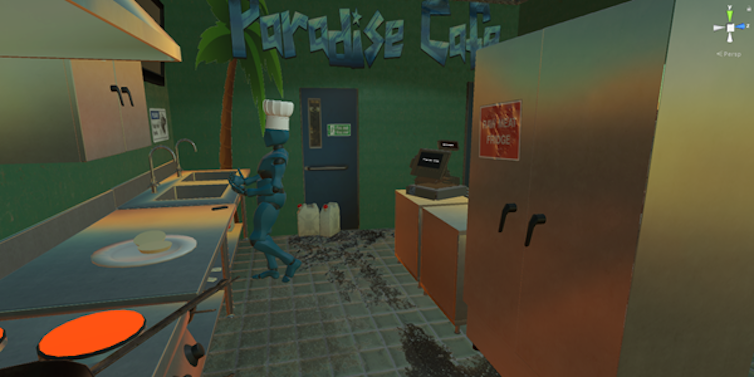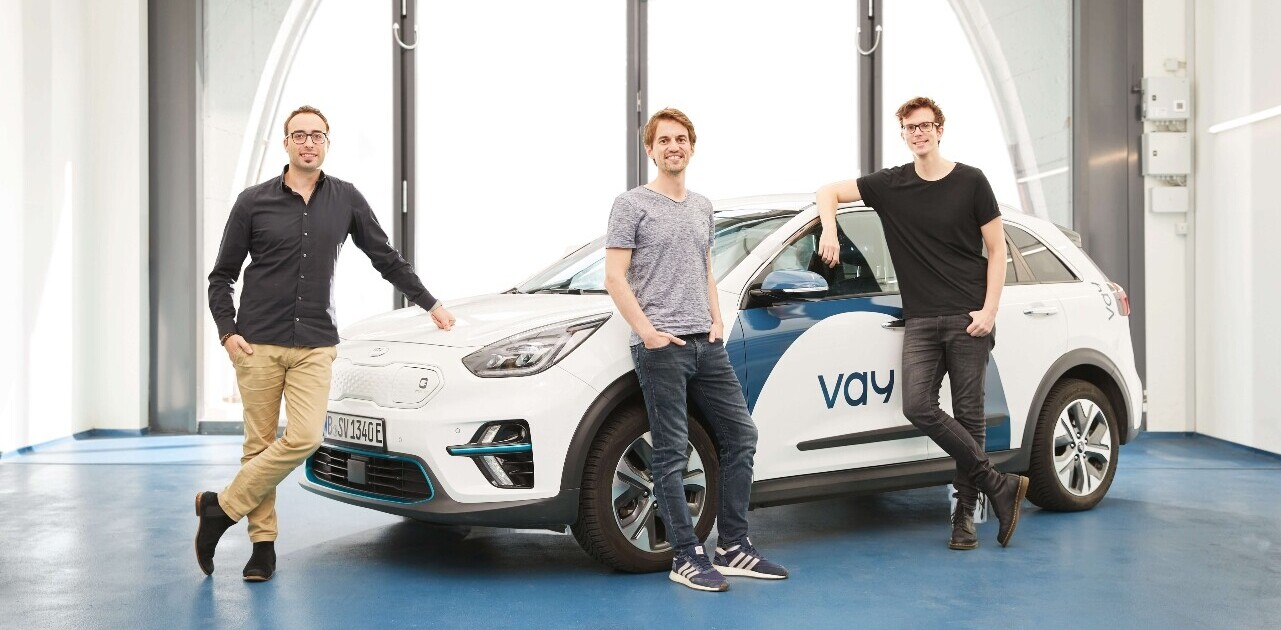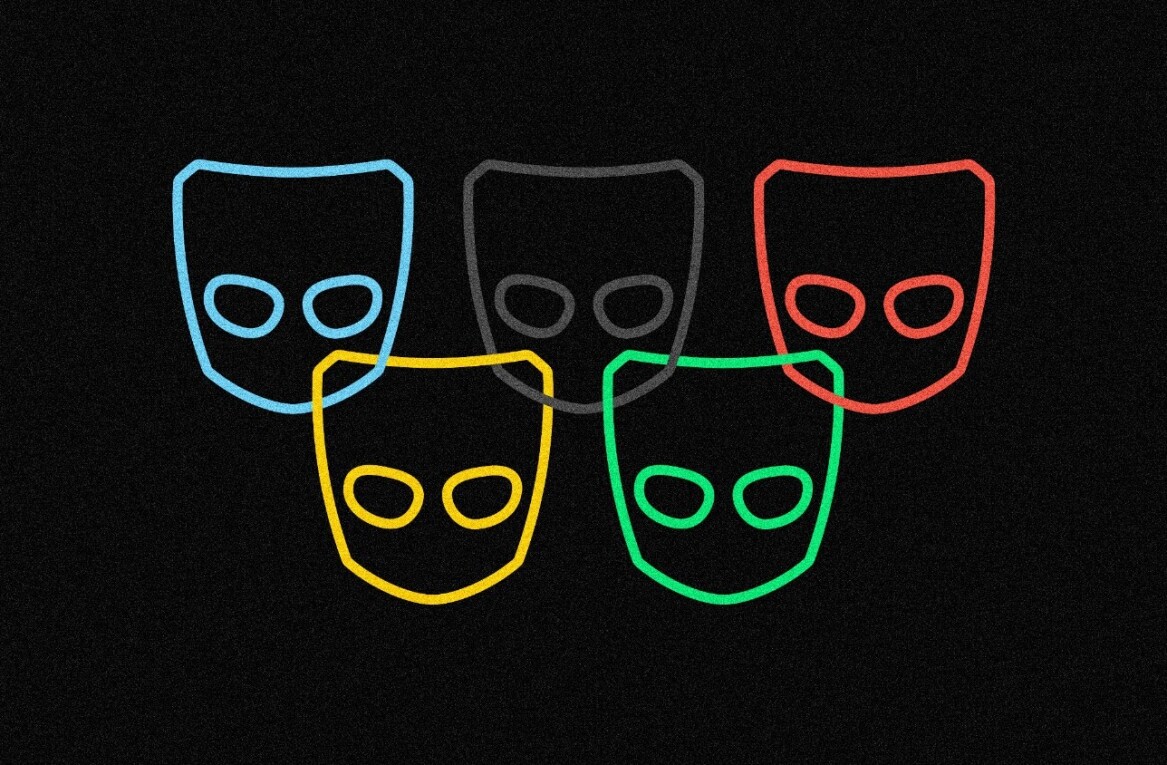
According to the WTO, 600m people each year suffer illnesses after eating contaminated food. It is an issue which has massive consequences, not only for public health but also for national economies. And unfortunately, incidents of food-borne illnesses are increasing.
One way of tackling this is by improving food hygiene training. Alongside a group of interdisciplinary academics, I’m creating a virtual reality experience that will help train individuals in kitchen hygiene. With technology rapidly developing, virtual reality (VR) experiences are increasing in complexity and utility. Cheaper and more easily portable VR headsets, when combined with physical spaces that mirror your virtual experience, hold huge potential to alter how training is delivered.
Using simulations for safe training purposes has been used in some fields for many years. In the 1950s, simulations formed a central part of pilot training. But since then, the technology that underpins simulations has improved.
While it has been used to provide safety training for those working in particularly dangerous environments, such as offshore rigs and mines, it has the potential to be equally important for less hazardous jobs. Indeed, the US Postal Service recently began using virtual reality to train lorry drivers and found that it reduced road traffic accidents involving USPS employees by 7%.
Safety and hygiene
Food safety and hygiene are hugely important for both the public and the economy. Contaminated foods are responsible for a high number of severe illnesses and even deaths. In 2011, an E. Coli 0104 outbreak killed at least 53 people in the EU. Economically, food safety is hugely important also. In order for consumers to be confident in buying food, they need to have confidence in its safety.
Unfortunately, incidences of food-borne illness appear to be increasing rather than decreasing across the world. This may partially be due to a lack of hygienic practices in the food supply chain. So, the proper training of business owners and staff is one of the most important means for tackling the spread of potentially devastating illnesses.
In our virtual reality training, the user acts as a chef with an endless queue of customers. She must prepare the food and ensure it is safe to eat. At the same time, she is being tested on whether she remembers to wash her hands or mop the floor. When rats begin to infest the kitchen, the user must decide upon the best course of action. If she fails to prepare the food in a safe or hygienic manner, she watches the customers become ill in front of her.

Of course, food hygiene training is not always the highlight of employment. But we’ve found that VR helps engage the trainee, immersing them in the experience. By giving trainees the opportunity to practice their knowledge and see the consequences of their actions, we provide them with a deep learning experience. And this is where VR training excels beyond your usual real-life training exercises.
With VR, users can practice in a safe environment where they are able to make mistakes and learn from them. If the experience is recorded, users and trainers can revisit the user’s actions, which is invaluable for providing tailored feedback. Importantly for employers, as large numbers of users can train in parallel, VR can also help overcome tight kitchen space limitations.
Ups and downs
But there are also downsides to using VR. For a start, you have to train people to use the technology in the first place. Building a tutorial that enables users to become comfortable with the technology is incredibly important, particularly where the users may be diverse in terms of experience. Another unfortunate problem is that being inside a simulation can be disorienting and even give rise to motion sickness.
That being said, virtual reality has the potential to be a valuable tool for safety training. As the USPS program has demonstrated, it can tangibly increase safety, but also has the potential to engage employees in a more creative way.
For food service employees, virtual reality has the potential to provide disruptive, immersive and stimulating training experiences, which both allow knowledge to be put into practice and enable trainees to appreciate the consequences of their actions. This will hopefully have a greater impact on their hygiene practices, and ultimately improve the safety of food for consumers.
Richard Hyde, Assistant Professor in Law, Faculty of Social Sciences, University of Nottingham
This article was originally published on The Conversation. Read the original article.
![]()
Get the TNW newsletter
Get the most important tech news in your inbox each week.





